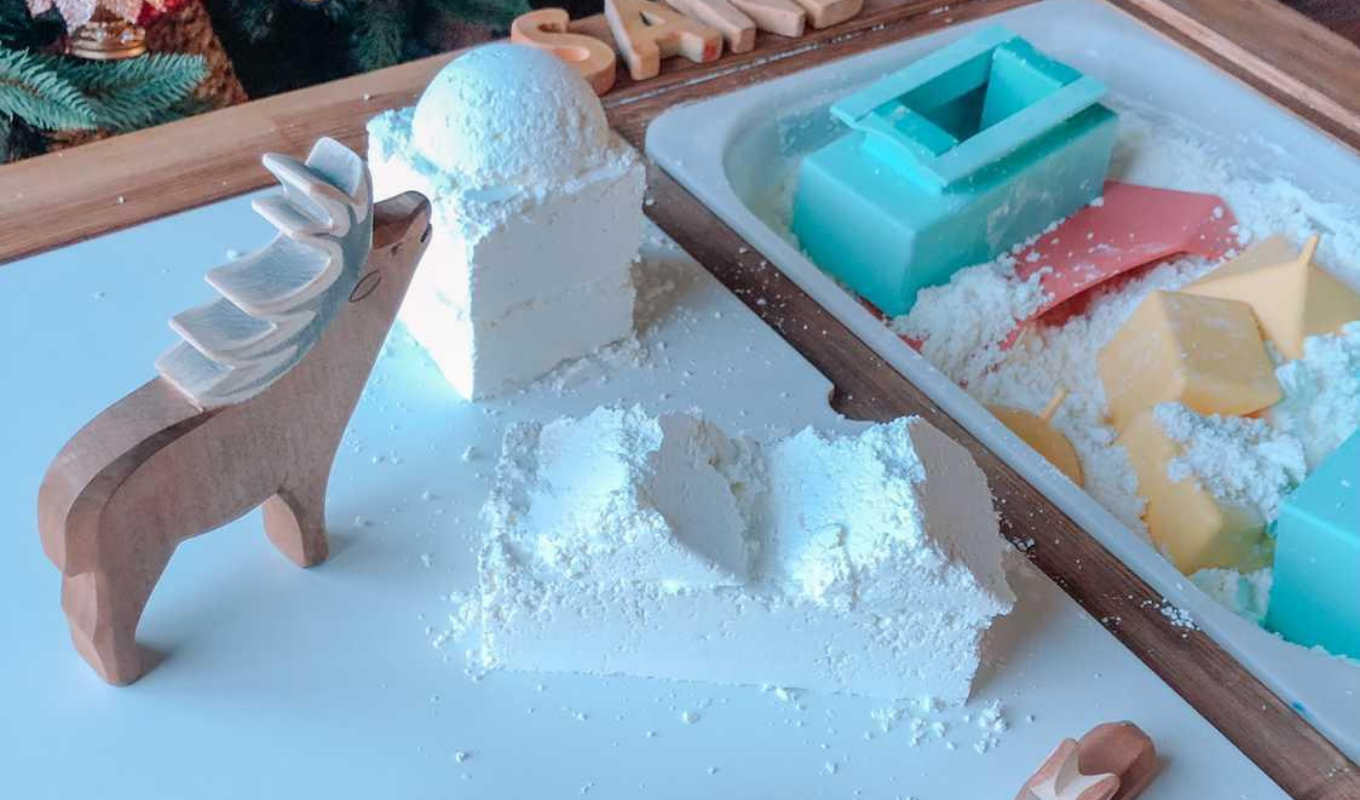
Have you ever sat and observed a group of children playing in a sandpit? You might notice that one child is mixing a stew of sand, leaves and water while another child is digging a hole as deep as they can. You might see a child building an entire town with roads and houses, or a group of children working together on a complicated structure of rivers and tunnels…the possibilities really are endless.
Children by their very nature are built to explore, discover and investigate. They like to seek out answers and test their ideas until they find a solution that works. Children are intrinsically imaginative and wonderfully creative. We also know that there are certain kinds of play materials that encourage and support children to be masters of their own learning.
Open-ended play materials are basically resources and equipment that have no set purpose. They are sometimes referred to as ‘loose parts’ and can be used in a multitude of ways. Open-ended play materials provide so many valuable opportunities for learning and are great for inviting pretend play, encouraging social interactions and they also provide opportunities for collaboration with others. Interestingly, research has shown that when engaging with open-ended play materials, children are likely to use more words to describe and express their ideas and these words are often more complex than the language you might see when a child plays with conventional toys.
Open-ended resources unlock possibilities for children. There are no instructions, rules or set sequences needed for the play. When there are no ‘right’ or ‘wrong’ ways to engage with objects, children become free to take risks and can confidently experiment as they build, stack, arrange and sort the materials in a wide variety of ways.
As parents, we want our children to grow up and be able to have the skills to solve problems on their own and make decisions about their lives. Open-ended play supports and fosters the intellectual abilities of children to develop a stable foundation for life-long learning. Through exploring these kinds of materials, children are able to become designers, innovators and artists. Open-ended materials afford children the opportunity to be scientific investigators – learning about the wonderful world around them in a way that inspires intrigue and wonder. When we observe children playing in this way and take the time to look deeply and notice what it is they are doing -we can see that even very young children are capable and competent learners when allowed to follow their own ideas and interests.
Another benefit of open-ended play materials is that they can be extremely inexpensive. You can find so many interesting items in nature that can be used as learning materials and young children are often the best at finding them. A simple stick has millions of different uses in the hands of a child.
Some examples of wonderful open-ended play materials include:
The research is strong surrounding the benefits of providing open-ended play materials as educational resources for children. Whilst it is clear that these kinds of materials are great for supporting cognitive, physical and social development – they are also great fun! This is why we have designed and developed the Sand Pal. Our Sand Pal builders kit allows children to use sand, mud and snow in so many different creative ways to make and build. Join us in encouraging the next generation to be innovators, designers and scientists by providing your child with open ended play opportunities each day!